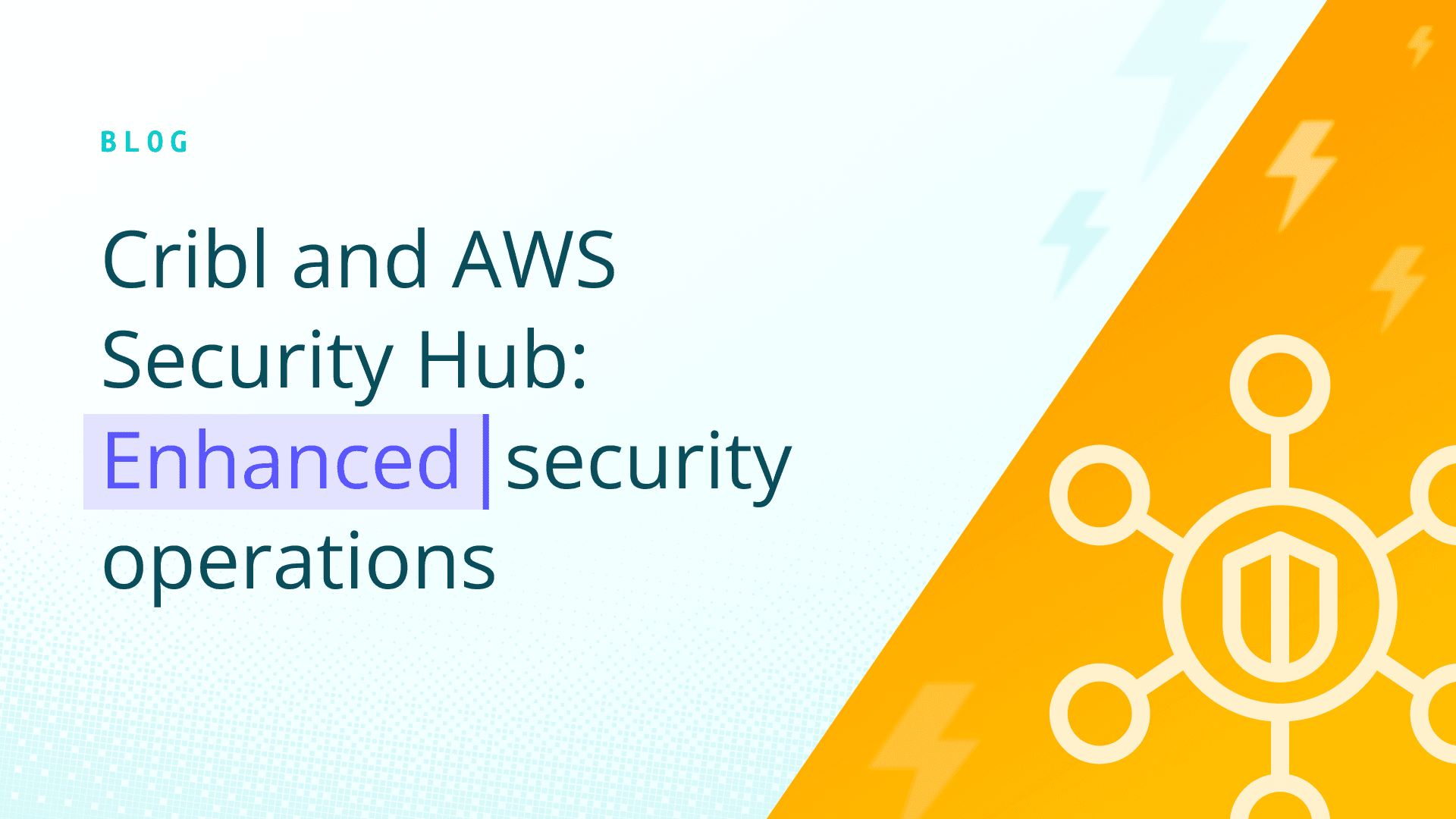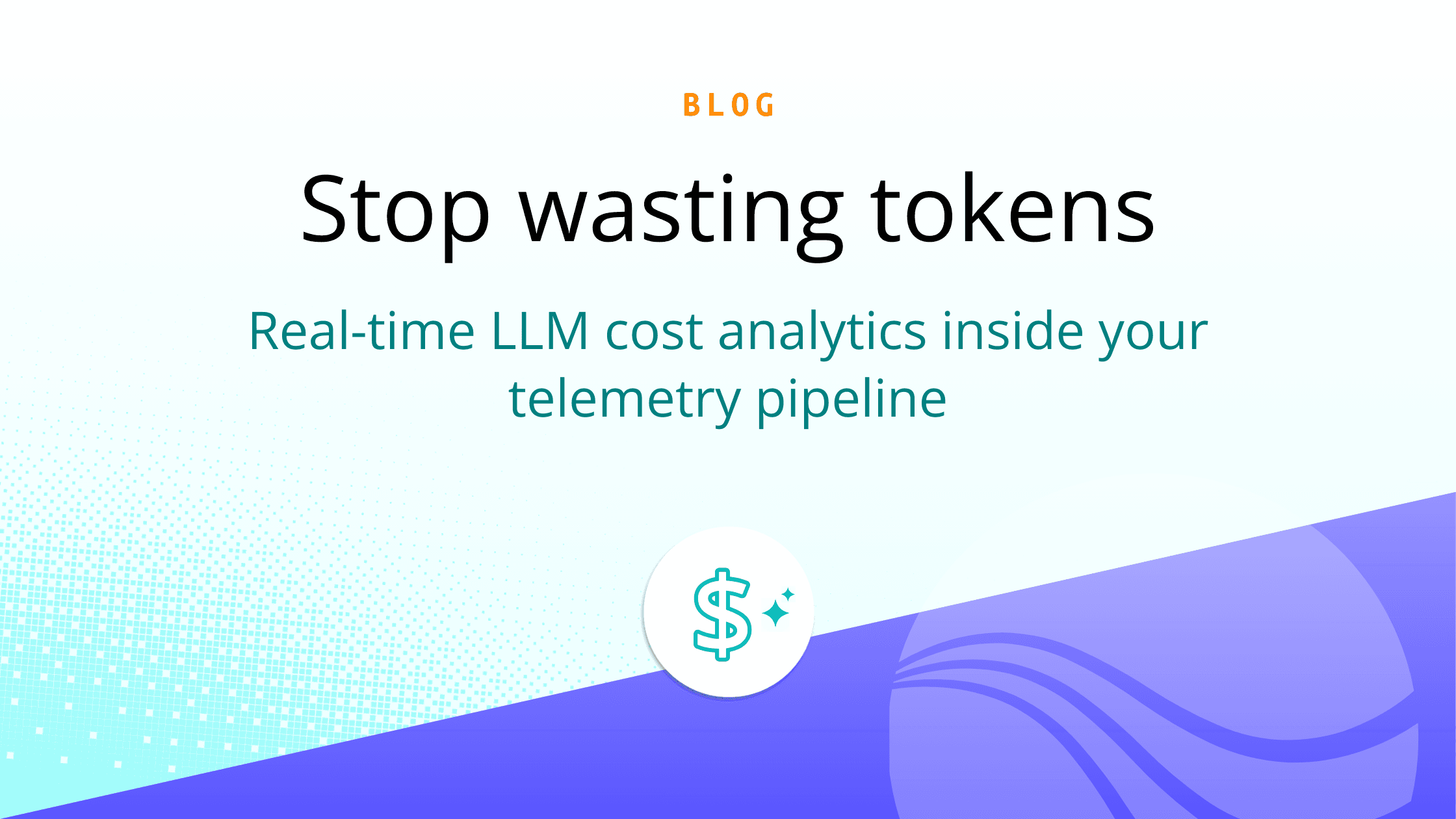AI isn't magic; it is a powerful enabler when integrated thoughtfully into existing workflows. Blindly applying any technology without a clear strategy complicates, rather than simplifies. Data is already growing at more than 29% CAGR according to IDC; we need to accelerate the time-to-value for data, not add complicated processes hiding within the promise of AI.
At Cribl, we believe in the intentional use of AI: a "human-in-the-loop" approach that empowers and accelerates teams, acting as a powerful tutor rather than an autonomous decision-maker. An AI-as-tutor approach means teaching teams how to onboard data efficiently, exposing diverse ways to solve complex problems, and ultimately, augmenting human intelligence to quickly decipher and act on data insights.
AI enriches the interactions between humans, technology, and telemetry – it does not replace the context and experience that individuals bring to an organization.
The Changing Landscape of AI-Powered Telemetry
The market is abuzz with claims of revolutionary AI-driven telemetry parsing – everything from AI incident management to inference engines for IoT devices. While we're excited to see increasing industry recognition for the value of intelligent data processing – a space Cribl has proudly pioneered with vendor-agnostic telemetry pipelines – it's crucial to understand what truly constitutes an innovation worth pursuing for critical business operations.
AI is everywhere and is often accompanied by ambitious claims about problem-solving. While the term "AI" itself is broad and undefined—from sophisticated generative models to machine learning algorithms, or pattern matching like ANTLR and regex—its value comes from execution, not experimentation.
Common Claims in AI-Powered Telemetry Parsing
Capabilities like generating parsing rules for schema mapping are part of our business-as-usual approach at Cribl. Our July 2025 release features an extensive list of schemas supported out-of-the-box, including OCSF, UDM, and ECS. Additional schemas can be added using Cribl Copilot Editor, an interactive interface that not only accelerates schema detection but also ensures essential human curation and customization for unique sources and formats.
Cribl integrates seamlessly into your existing IT, security, and observability workflows, leveraging years of real-world experience and continuous innovation with customers processing petabytes of telemetry every day. Our approach with Cribl Copilot augments your workflows, providing transparent and controllable AI assistance.
This isn't a "black box" solution where data processing is opaque; rather, Cribl Copilot embodies our core values of openness and transparency, showing users how their telemetry can be intelligently optimized, converted, redacted, enriched, and transformed.
Cribl Copilot Editor goes beyond isolated log parsing. It deeply understands how logs fit into your overarching telemetry strategy. Parsing is the first step; the true value emerges from the problems you solve and tools you power with the enriched and transformed telemetry. With Cribl, you're not just extracting fields; you're fueling actionable insights and driving tangible business outcomes.
The Reality of AI-Powered Log Parsing
There's much excitement surrounding AI's role in telemetry pipelines, and some of it accurately reflects the potential of an AI-forward approach like Cribl Copilot.
What AI Can Do
What AI Can't Do (on its own!)
Augmented Intelligence: The Human+AI Superpower
AI is increasingly central to discussions with IT, observability, and security teams, and can be an enabler—a powerful tool that enhances your existing capabilities and integrates seamlessly with your workflow. At Cribl, we're not merely following a trend; we're thoughtfully integrating AI capabilities where they deliver demonstrably real value for our customers.
We believe that the most powerful telemetry solutions are those that complement your existing tools and workflows, rather than forcing the adoption of yet another siloed solution. AI should not contribute to "tool sprawl"; instead, it should optimize your telemetry, processes, tools, and, most importantly, your teams.
Look beyond the hype when evaluating claims about "revolutionary" AI capabilities. Ask critical questions about how these capabilities will genuinely improve your teams and tools. The most valuable AI solutions are those that elevate your existing workflows, not those that demand a complete overhaul of your ecosystem to realize the full potential of AI.
Success isn't measured by how "advanced" your AI is, but by how effectively it empowers your team and helps you achieve your critical business objectives.
Augmenting the intelligence of your team is the true power of AI.








